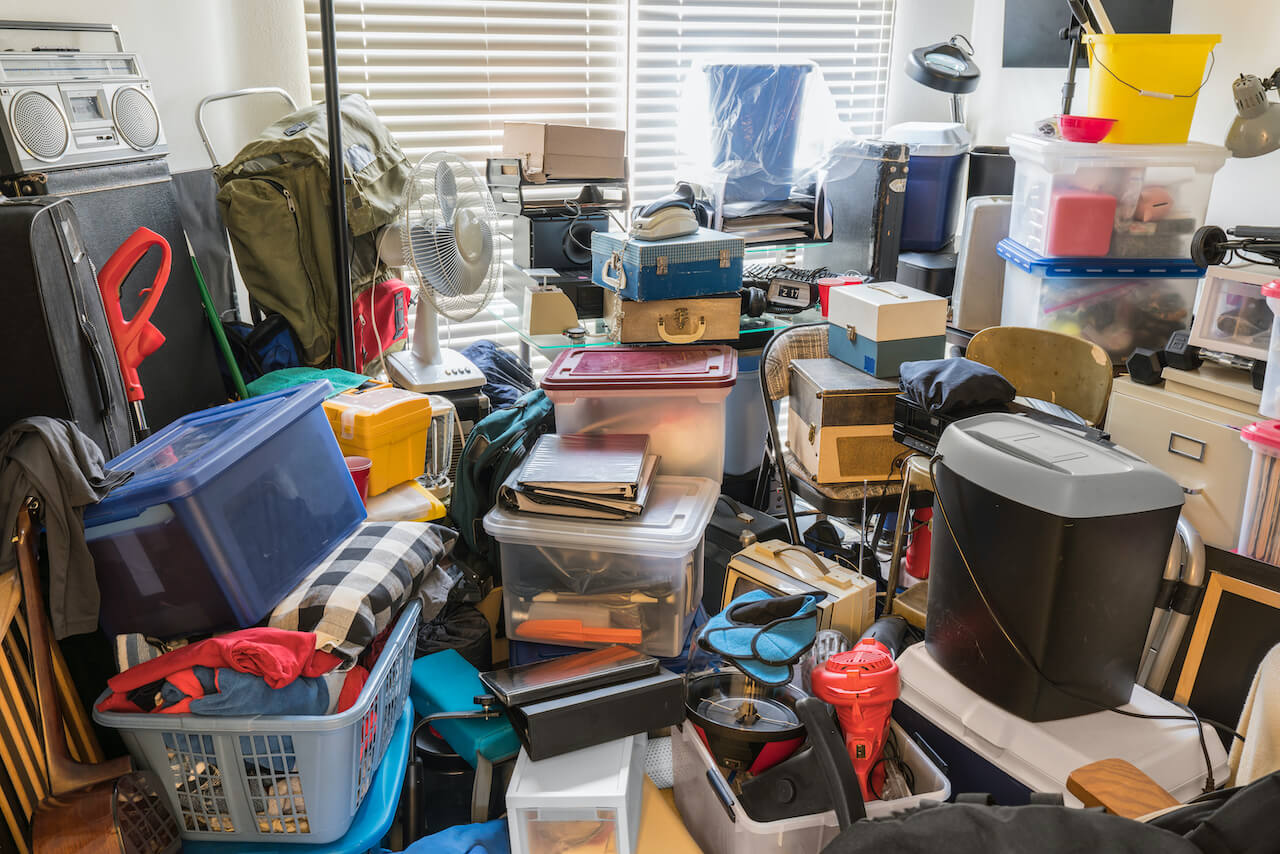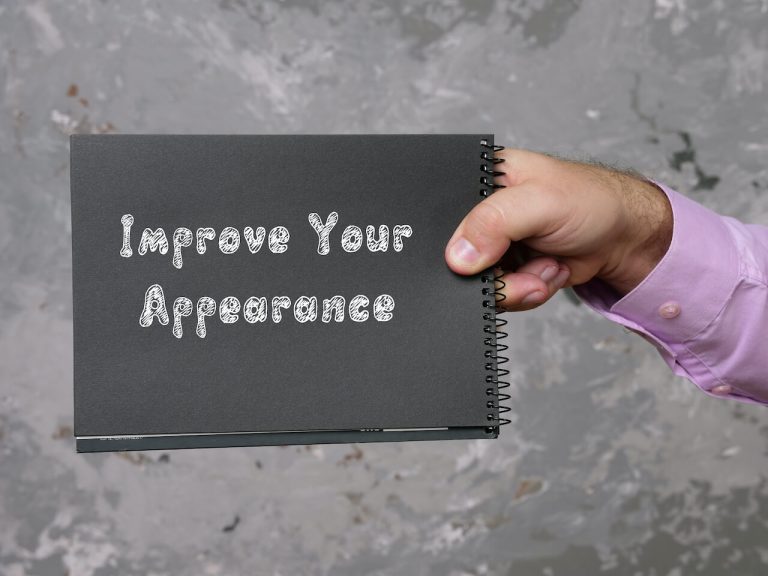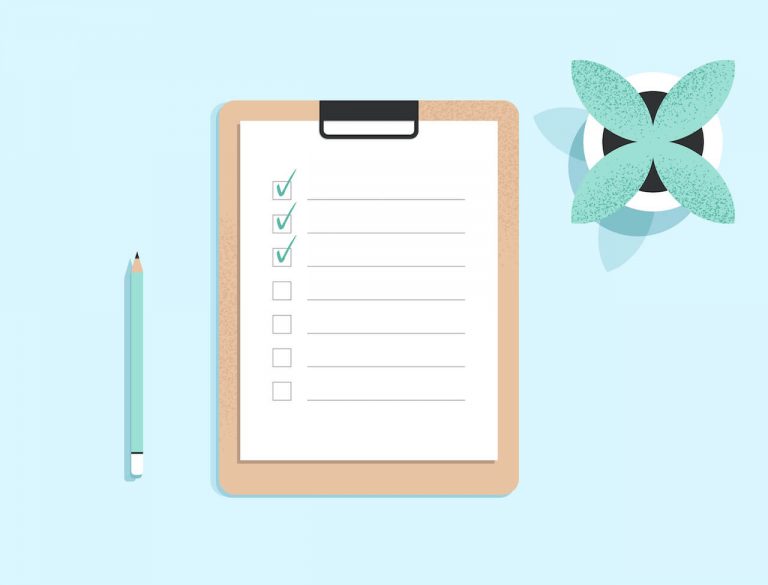Ridiculous Rules About How To Help A Hoarder
A person who suffers from hoarding disorder experiences a compulsive need to save every item they bring into their home, regardless of the value. They will struggle to remove any items, and this may cause severe distress to do so. The clutter they have in their home will start to negatively impact their quality of life, particularly when passageways and doorways become blocked and inaccessible.
It is believed that 2-6% of the population are people with hoarding disorder, with more men than women being afflicted with the disorder. A hoarding disorder may develop following trauma or due to anxiety or obsessive-compulsive disorder. A hoarder may also experience decision-making, organization, and concentration issues.
Diagnosis
Hoarding disorder is a recognized mental illness and is included in the DSM-V, the Diagnostic and Statistical Manual of Mental Disorders. Someone can be diagnosed with hoarding disorder if they meet the following criteria:
- Have problems throwing away items
- Experience distress when getting rid of items (or even considering them)
- Feeling safe around their possessions
- Their home is filled with items, and access may be blocked
Someone who hoards can also experience issues with anxiety and depression and potentially substance misuse problems. There are many underlying causes of hoarding disorder and various other mental health issues that the disorder can exacerbate.
Issues
There are several reasons why a hoarding disorder can become a severe issue. It can affect physical and mental well-being and be detrimental to people’s safety.
House safety
Exits may become blocked in the home. Making it unsafe should an emergency arise, and it is necessary to make an emergency exit. Similarly, hoarding items can increase fire risk if they are very flammable. This would cause the home to be engulfed in flames much quicker than usual should a fire break out.
If the home is filled with objects, it can begin to affect the house’s structural integrity. Floorboards can become weakened if laden with heavy items. Also, stacked objects can cover walls, making it difficult to notice any damage, and it will worsen over time with no intervention. This adds to the dangers the hoarder experiences.
Cleanliness
Also, there is often a lot of mold and grime in a hoarder’s home. They might also experience issues with pests, such as rats, cockroaches, and fleas. The combination of these things would make the home very unsanitary, with fur, feces, and bacteria all around the place. Often hoarders begin to notice a decline in their physical health as their hoarding worsens.
Relationships
Suffering from a hoarding disorder can also have a very detrimental effect on personal and family relationships. Family members, in particular, struggle to cope with supporting a hoarder and can become very frustrated and worried about their wellbeing. Hoarders will often isolate themselves to prevent being exposed to judgment from others. This can also hurt their mental health, causing them to feel more depressed as their isolation increases.
5 levels of hoarding
Five levels can describe the severity of the hoarding disorder. Many hoarders do so at different levels and may not always hoard at the extreme level. Level 1 is the least severe level, up to 5, the most powerful. It can be helpful to use this to determine how severe your friend or family member’s hoarding has become and use it as a guide for offering them help.
Level 1
- light clutter
- no odor
- doors and windows accessible
- safe and sanitary
Level 2
- More clutter
- waste and odor present
- some evidence of pests such as mice droppings
- passageways becoming blocked
- carbon dioxide detectors are not working
- some mildew
Level 3
- Clutter outside the house
- a room or rooms becoming unusable
- heating and air conditioning are not usable
- bug infestation
- an unsanitary environment with odors
Level 4
- rotting food
- no functional plates or equipment in the kitchen
- bug-infested furniture
- excess spiders and webs
- bats and mice in the walls
- flammable items in living spaces
Level 5
- Structural damage to the house
- broken walls
- no usable rooms
- animals in the house with poor health
- pests in the home such as spiders, rats, cockroaches, fleas, and animal feces
- human excrement
- rotting food

How to help
It will be impossible for you to suddenly cure your friend or family member of their hoarding disorder. It is a deeply ingrained issue based on years of developing symptoms. Therefore, it will take professional help, and it will take some time to resolve. There are things you can do to help someone manage the disorder. However, there are also several things you really shouldn’t do.
Educate yourself and your family members
The best way to help a person with a hoarding disorder is to learn more about the illness. There are many ways you could trigger or distress your loved one, so it can be helpful to know the right things to say when you communicate with them. It might seem illogical for someone who does not understand hoarding to behave this way. Understanding more about why people hoard can help you be empathetic with someone who is struggling. It will help you know that this is a person with a disorder and not just a building full of stuff.
Manage your expectations
It is essential to have reasonable expectations as your loved one starts recovering. It will be a long process, so don’t just expect it to be resolved quickly. Instead, be committed to providing ongoing support and celebrating any progress they make, even if they are just small victories. For example, you could help them set milestones to reach as they begin recovery, help both you and they know how they are progressing, and manage expectations.
Offer help
Although you shouldn’t interfere with a hoarder’s belongings, you could still offer to help in other ways. For example, maybe you could offer to clean their house with them, so you can encourage them as you go. In addition, doing it together allows one to discuss which items can be removed.
You could also research any professional help they could access and even go to a group with them for support.
Please encourage them to seek help from a mental health professional
There are many treatment programs available for helping to recover from a hoarding disorder. You can’t force your friend to go to therapy, but you can help them discover the available options and support them in attending.
They can choose from a few options, depending on what they would feel most comfortable with. One-to-one therapies are available and can help discover the hoarding disorder’s root cause and heal from this.
They may offer medication to help with the mental illness that contributes to the disorder. For example, various medications could help with anxiety and depression. This may make it easier to prevent isolation or other symptoms.
Similarly, there are groups available so people can discuss their hoarding disorder with others who have experienced it. This helps with feelings of shame and fear of judgment, as everyone in the support group suffers from the same disorder and can support one another.
Skills Training
You can also access available skills training for hoarders and family members. This training can help hoarder organize their belongings more safely to alleviate some of the dangers in their home. It can also help them learn how to make decisions about their belongings and what they can get rid of.
Family members can also learn how to set goals with their loved ones to work towards together. Plans might include making a clear path to walk from the bedroom to the front door. These goals don’t have to involve getting rid of any items but can make the hoarder safer, and the family members feel less worried for their safety.
What not to do:
Even if you think you are being helpful, you might be causing undue distress to your loved one or even worsening their condition. If you want to help a hoarder, follow this advice on what not to do.
Don’t touch their stuff
Touching their belongings and attempting to get rid of things for them will likely make them angry and damage your relationship. It may even cause the hoarder to isolate more to protect their things. Plus, it may be detrimental to them to seek help as their attachment to these items may increase.
Don’t expect a quick recovery
Recovery takes time, so don’t expect them to improve overnight. This disorder has manifested over years of poor mental health and will require a long healing process. Try not to get too frustrated if they have setbacks, as this can slow the recovery time.
Don’t judge them
Try to remain as supportive and empathetic as you can. Remember, this is a mental disorder, not someone a bit messy or lazy. They will require your support to recover, so try to avoid any judgment.
Don’t be an enabler
Try to consider if you are behaving in any way that could be enabling the disorder. Don’t buy things for your loved ones or go shopping with them, and don’t offer to store items for them. These behaviors might make things feel more accessible in the short term, but they could reinforce the hoarding behavior and impede recovery.
Don’t clean for them
Similarly, a family member cleaning their house gives them one less reason to seek help. It won’t get to the root of the problem, so within time, the house will become unsanitary again, and the hoarding disorder will remain as it was.
Helping someone with hoarding disorder
Hopefully, these tips will help you and your family understand hoarding disorder and its behaviors. Remember to maintain your empathy and understanding for this person and don’t set unreasonable expectations of them. If you can be there to help your loved ones with this process, it will enable them to reach their recovery goals quicker and to remain safe while getting there.
There is also professional help available for friends or family trying to help someone with a hoarding disorder, so reach out if you need help along the way.






